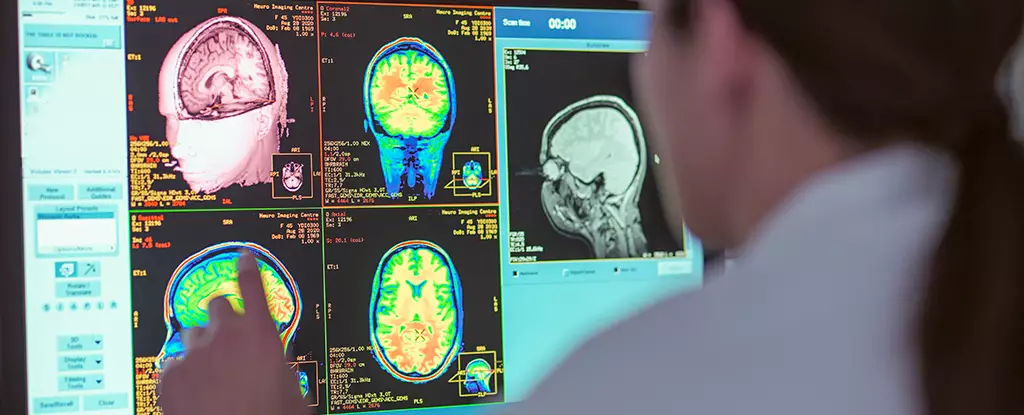When Lucas, a six-year-old boy, was diagnosed with a rare type of brain tumor known as brainstem glioma, the prognosis was bleak. Doctors told his devastated parents that their son had little chance of survival. However, against all odds, Lucas is now thirteen years old and completely free of the tumor that threatened his life. His remarkable recovery has left the medical community astounded and given hope to other children facing a similar diagnosis.
Brainstem glioma, specifically a type called diffuse intrinsic pontine glioma (DIPG), is an aggressive and brutal cancer. Every year, around 300 children in the United States and up to 100 in France are diagnosed with this devastating disease. Despite significant advances in childhood cancer treatment, the outlook for children with DIPG remains grim. The majority of children diagnosed with this tumor do not live beyond a year, and only 10 percent survive beyond two years.
Lucas’s journey to recovery began when he became one of the first patients to join the BIOMEDE trial in France. This trial aimed to test potential new drugs for DIPG. The young boy was randomly assigned the cancer drug everolimus and showed an immediate strong response to the treatment. Over a series of MRI scans, doctors watched in awe as the tumor completely disappeared.
Lucas’s case is unique, leaving doctors and researchers puzzled as to why he responded so fully to the treatment while others did not. According to Dr. Jacques Grill, the head of the brain tumor program at the Gustave Roussy cancer center in Paris, Lucas’s tumor had an extremely rare mutation that made its cells highly sensitive to the drug. This finding has given researchers hope that understanding the biological particulars of individual tumors could potentially lead to more effective treatment options.
Researchers are now studying the genetic abnormalities present in the tumors of DIPG patients, including Lucas’s. They are also creating tumor “organoids” in the lab, which are masses of cells that mimic the characteristics of the original tumor. By reproducing the genetic differences found in Lucas’s tumor in these organoids, researchers hope to find a way to effectively kill off the tumor cells.
While Lucas’s case offers hope for future advancements in DIPG treatment, researchers caution that finding a viable drug and bringing it to market is a lengthy process that can take 10-15 years. Despite the excitement surrounding this new lead, the medical community recognizes the need for patience and continued research.
The Changing Landscape of DIPG
Dr. David Ziegler, a pediatric oncologist at Sydney Children’s Hospital in Australia, believes that the landscape for DIPG has dramatically changed over the past decade. Breakthroughs in laboratory research, increased funding, and trials like BIOMEDE have given him confidence that a cure for some DIPG patients is within reach. This optimism provides solace to both medical professionals and families facing the devastating diagnosis of brainstem glioma.
Lucas’s incredible journey of beating brainstem glioma offers a glimmer of hope in the fight against DIPG. His unique case has paved the way for further research into understanding the genetic abnormalities of tumors and potential new treatment options. While a cure may still be a long way off, the progress made in recent years gives reason to believe that one day, children diagnosed with DIPG will have a fighting chance at survival.


Leave a Reply